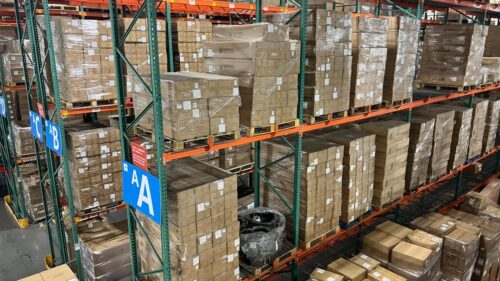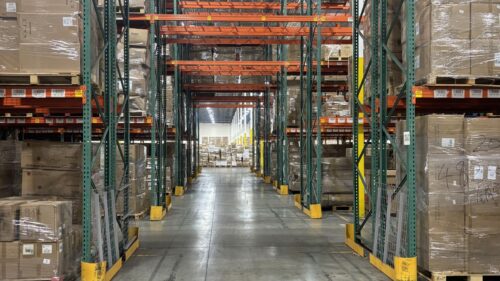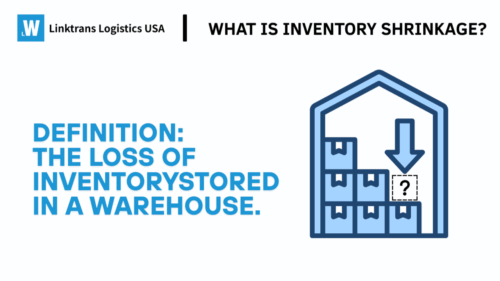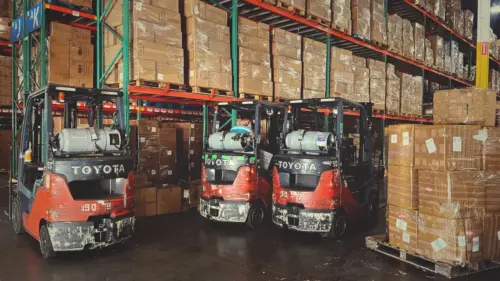-
English
-
Japanese
-
Korean
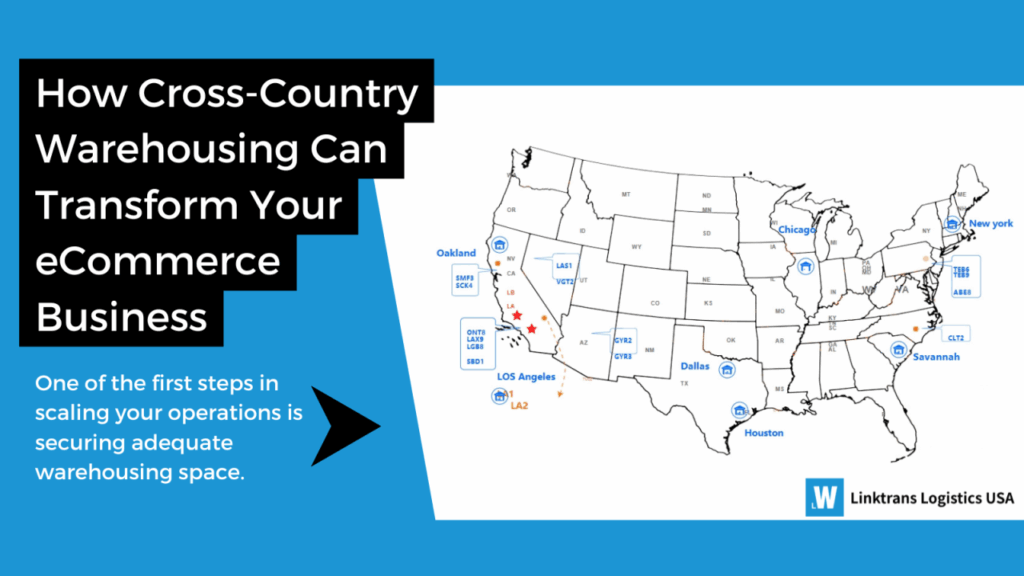
For eCommerce businesses, timely delivery is essential for growth and customer satisfaction. One of the first steps in scaling your operations is securing adequate warehousing space. However, finding the right warehouse location is critical. A poorly chosen location can significantly increase costs and jeopardize delivery times, leading to unhappy customers and lost opportunities.
To optimize both delivery speed and costs, many businesses are now turning to cross-country warehousing—a strategy that involves operating multiple warehouses in strategic locations. Whether you’re expanding from one warehouse to two or managing a network of locations, this approach allows businesses to stay closer to customers and remain competitive in an increasingly demanding market.
Why Location Matters in Warehousing
The location of your warehouse directly impacts your shipping costs and delivery speeds. A single warehouse in a poorly chosen location can result in higher shipping fees and broken delivery promises. On the other hand, strategically placed warehouses allow you to reach your customers faster and more efficiently.
But why stop at just one warehouse? As your business grows, adding a second—or even multiple—warehouses can help you scale while maintaining fast delivery and cost efficiency. Let’s dive into the specific benefits of cross-country warehousing and how it can transform your eCommerce business.
Benefits of Cross-Country Warehousing
1. Increased Customer Reach
As your business expands, your customer base will likely grow to include buyers from all over the country. With multiple warehouses strategically placed across the U.S., you can significantly reduce shipping times by being closer to your customers. Faster delivery not only meets customer expectations but also enhances their overall shopping experience.
For example, 48% of shoppers globally wish they could change their shipping speed. By adopting a cross-country warehousing strategy, you can meet this demand and gain a competitive edge.
Take this example: Linktrans Logistics USA operates seven strategically located warehouses in Oakland, LA, Houston, Savannah, NY, Chicago, Dallas enabling them to achieve 1-2 day shipping for 99.6% of the contiguous U.S. population. This proximity to customers results in faster delivery times, which leads to higher customer satisfaction and repeat business.
2. Reduced Shipping Costs
At first glance, adding more warehouses might seem like an added expense, but it can actually reduce overall costs. By positioning warehouses closer to your target customers, you can cut down on long-distance shipping fees.
For instance, if your primary warehouse is on the East Coast but a significant portion of your customers are on the West Coast, shipping cross-country can quickly become expensive. By adding a West Coast warehouse, you eliminate the need for expedited shipping fees and reduce overall shipping costs.
This cost-saving strategy not only protects your profit margins but also allows you to reinvest in other areas of your business, such as marketing or product development.
3. Protection Against Unpredictable Disruptions
In today’s world, unpredictability is the norm. From natural disasters to supply chain disruptions, businesses must prepare for the unexpected. Cross-country warehousing provides a safety net by diversifying your operations across multiple locations.
For example, if your only warehouse is located on the East Coast and a hurricane disrupts operations, your entire business could come to a halt. However, with an additional warehouse on the West Coast, you can continue fulfilling orders and avoid disappointing customers. This redundancy ensures business continuity and protects your reputation.
4. Achieve Free Shipping Without Breaking the Bank
Free shipping is one of the most effective ways to attract and retain customers. However, offering free shipping can be costly if your warehouses are far from your customers.
By strategically placing warehouses closer to your customer base, you can save enough on shipping costs to offer free shipping on some or all of your products. This not only boosts customer satisfaction but also increases your conversion rates and revenue.
5. Boost Customer Satisfaction
Ultimately, happy customers are the key to a successful eCommerce business. Cross-country warehousing ensures that your customers receive their orders quickly, reliably, and sometimes with free shipping. This combination of speed, affordability, and reliability enhances the overall customer experience, leading to higher satisfaction, repeat purchases, and positive reviews.
How to Implement Cross-Country Warehousing
Expanding to multiple warehouses requires careful planning. Here are some steps to consider:
1. Analyze Your Customer Base: Identify where the majority of your customers are located and prioritize those regions for new warehouse locations.
2. Choose Strategic Locations: Look for areas that allow you to minimize shipping times and costs. Consider proximity to major transportation hubs and population centers.
3. Optimize Inventory Management: Distribute your inventory strategically across warehouses to ensure that each location has the right products to meet regional demand.
4. Leverage Technology: Use warehouse management systems (WMS) and predictive analytics to streamline operations and forecast demand accurately.
Our decision to open warehouses nationwide was to provide our customers with more coverage and more space for their products, while meeting our accuracy, punctuality and zero-loss guarantee.




